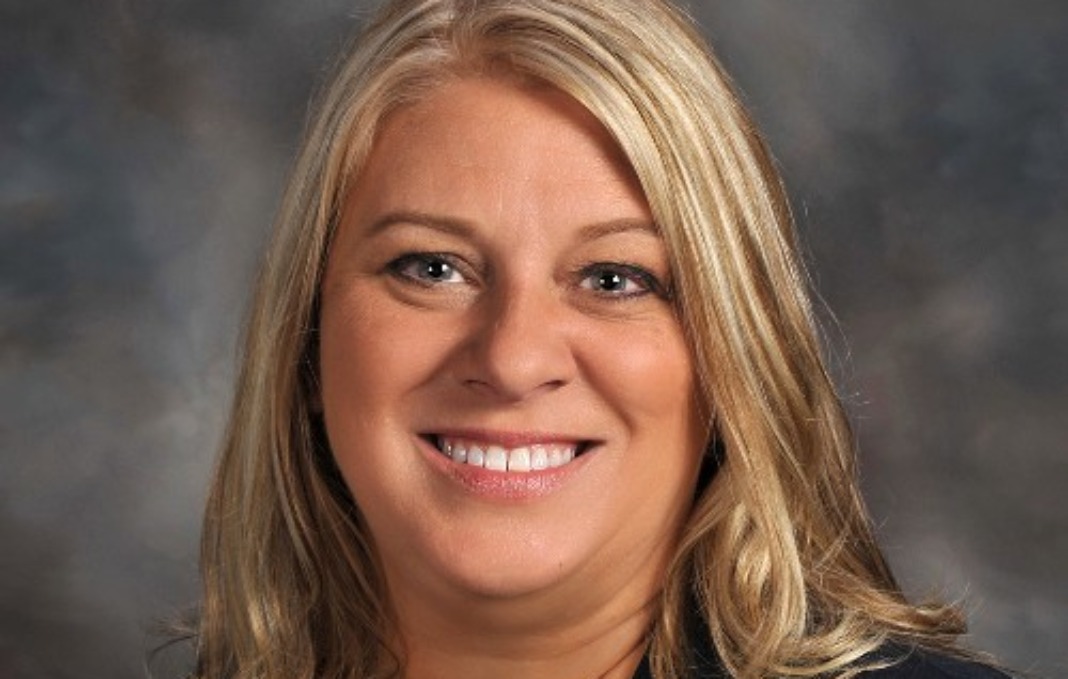The staffing shortage and patient preferences are driving more automation for hospitals and health systems across the country because patients want greater control and a safer, simplified healthcare experience. And many healthcare providers are looking to automation to alleviate staffing pressures.
That’s the case in Darke County, Ohio, where Wayne Healthcare recently instituted a remote system for patient registration and filling out of medical forms, digital appointment reminders and online check-ins, and has installed kiosks at the company’s three facilities. The new system has reduced no-show patients by double-digit percentages and has allowed Wayne to leave four patient-registration openings unfilled, Jennifer Williams, vice president of financial services and CFO for the system that employs about 500 people and welcomes about 250 credentialed physicians, told StrategicCIO360.com.
“It’s helped with productivity in many ways,” she said. “We don’t need as many registration staff during the day as people register [on premises] through the kiosks. We’re more efficient with timing, and patients are showing up. Before, we had a high percentage of no-shows and we had to pay the staff to wait for them. It was costing us about $200,000 a year, and that’s a big chunk for a small hospital system. Now, with the reminders we send them, no-shows have dropped significantly.”
Previously, the runway to a patient visit “was all paper and manual,” Williams said. “The patient would walk into a facility without notification that they had an appointment; we were just counting on them to show up that day. They registered manually and signed lots of pieces of paper manually, we discussed the financial estimates for the services, they supplied their credit card and driver’s license to people sitting behind the desk.”
Because of the obvious and costly clunkiness of its traditional manual procedures, Wayne had been “looking to do a digital front door” for a while, Williams said, “but Covid stopped that. People weren’t keeping their wellness-visit appointments; they weren’t comfortable; maybe they were in financial pain.”
But amid the pandemic Wayne decided to install EngageCare, a system provided by AccuReg, a healthcare software company in Mobile, Alabama, in a bid to address its situation. Now, Wayne patients can scan their driver’s license and insurance-ID card at home and submit the information online, receive a cost estimate for their procedure, get reminders of their appointments and even what entrances to use at Wayne facilities. The system is duplicated at new kiosks in the company’s facilities so that patients can register digitally there instead of at home or work.
Wait times have dropped as well as no-shows. “If the patient is fully registered in self-service fashion and they show up at the hospital, there is less to do,” said Paul Shorrosh, AccuReg’s CEO. “It’s really kind of fast-tracked.” Broadly, he said, some EngageCare customers are seeing a manifold reduction in the typical medical appointment wait time of a half hour or 45 minutes.
Williams said that she’s also pleasantly surprised at the uptake of the new digital system even by many of Wayne’s older patients. “This is working with all ages,” she said. “And we expect [engagement] to increase as we do more marketing.”
Besides reducing the labor requirement, a soft benefit of the digital-registration system is that staffers’ jobs become more enjoyable. “Eliminating a lot of those manual, repetitive tasks makes jobs more interesting, and they deal more with exceptions and solve problems that the machine can’t do,” Shorrosh said. “It addresses one reason that people are leaving some healthcare jobs, because they’re so repetitive and mind-numbing.”
Wayne is planning “more to come” in extending its digital patient-information platform, Williams said. “We want to follow the patient through the hospital, so if they come in and have multiple appointments, staffing is aware,” she said. “For example, the lab can let the next department know that the patient is coming to them, which helps that patient. Sometimes, now, they become confused: They’re here for a radiology visit but don’t know they should have gone to the lab too.”









